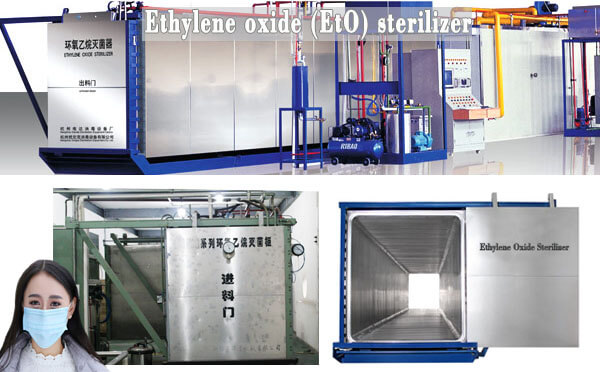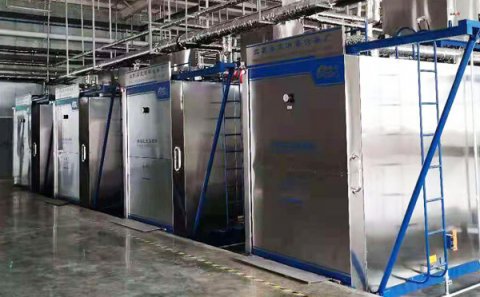

In order to perform the EO process 100% safely, at least 97% of the air must be removed from the chamber. Today, the two most common ways to meet this requirement are (1) a deep vacuum, or (2) a series of partial vacuums, followed by a series of nitrogen injections. When repeated enough times, the air will be purified (removed), so that the process can be carried out safely.
Consider:
Design and control the initial vacuum of the product and its ability to withstand pressure changes. Select the evacuation rate to ensure the integrity of the packaging, so that the air is trapped in the packaging to escape without damaging the integrity of the seal. This will ensure that the aseptic barrier performance of the packaging is maintained so as to ultimately protect the sterility of the product after the completion of the process.
The design amount of negative pressure (vacuum) depends on the pressure sensitivity of the product. Some equipment and / or components are not designed to withstand deep vacuum and / or high pressure. They will be subjected to extreme pressure to require a deep vacuum or 100% EO process, which will result in packaging damage and product damage.
For pressure sensitive products, use shallow vacuum or nitrogen soft circulation treatment. In the process of nitrogen soft circulation, vacuum first and then inject nitrogen. The combination of vacuum and nitrogen injection is called nitrogen washing. Repeat this process several times (several nitrogen cleanings) to ensure that the air is completely discharged from the container.
Although the integrity of packaging seal is not high, compared with 100% EO process, nitrogen soft cycle is not ideal. For safety reasons, additional cleaning is required to increase the extra time of the whole process. This will delay the release of the product and increase the additional cost according to the actual sterilization time when using the contract sterilization service.
Today, the world leader in ethylene oxide sterilizers using ethylene oxide gas (EO) sterilization, using ethylene oxide sterilizers to sterilize masks makes them safer, more reliable, more convenient and more Economical and more environmentally friendly.
The size of our company's ethylene oxide sterilizer can be customized. Depending on the scale, different sizes of ethylene oxide sterilizers can be provided. Generally speaking, ethylene oxide sterilizers have several different specifications, such as 3 cubic meters, 6 cubic meters, and 10 cubic meters.
According to the above elements, determine the verification procedure and develop the process parameters.
As the most important low-temperature sterilization method at present, carbon dioxide + ethylene oxide mixed gas sterilization, under the premise of ensuring safety and environment, in strict accordance with operating procedures and technical specifications, improve process control, and achieve the safety and effectiveness of sterilization process.
Ethylene oxide does not damage the sterilized articles and has strong penetration, so most articles that are not suitable for general sterilization can be sterilized and sterilized with ethylene oxide. For example, electronic instruments, optical instruments, medical devices, books, documents, fur, cotton, chemical fiber, plastic products, wood products, ceramics and metal products, endoscopes, dialyzers and disposable medical supplies. Ethylene oxide is one of the most important low temperature sterilization methods.
Our company's ethylene oxide sterilizer is the best choice for mask manufacturers. Ethylene oxide sterilizer is the most professional tool for sterilizing and disinfecting medical masks and disposable civilian masks.








Comments: